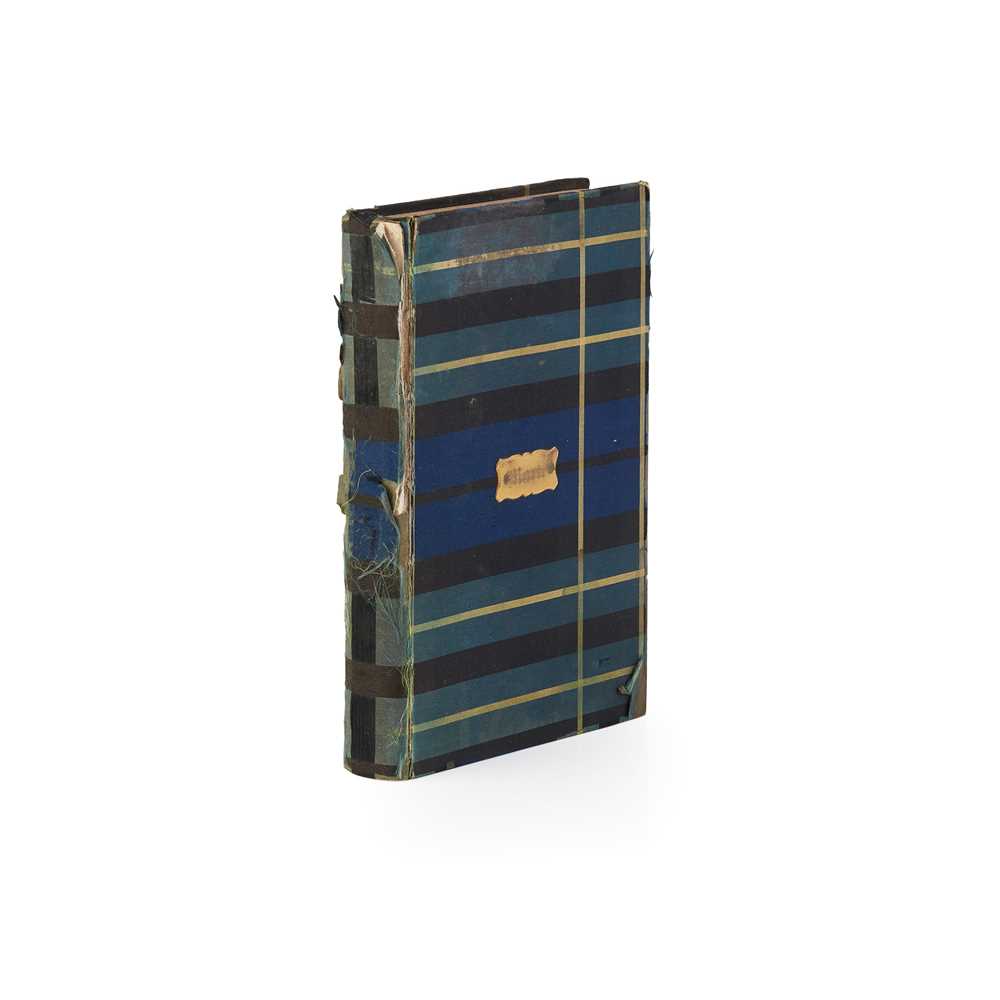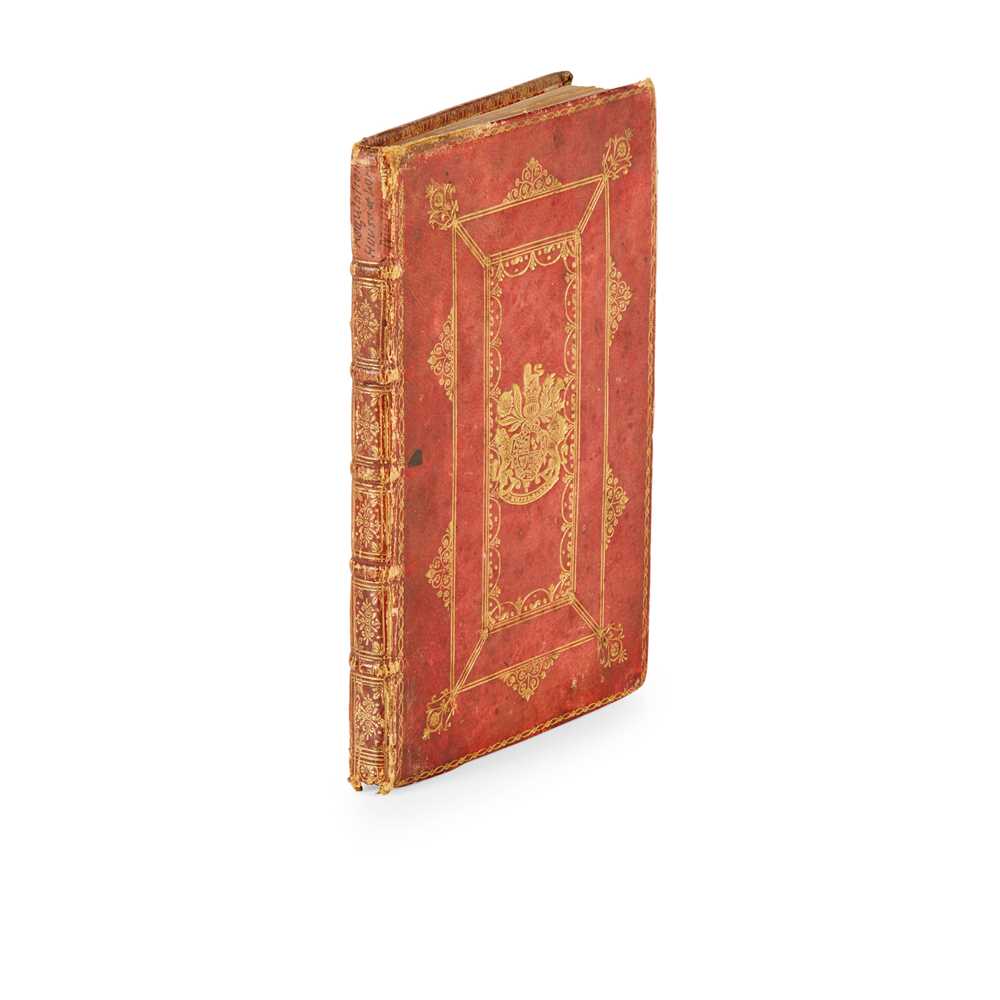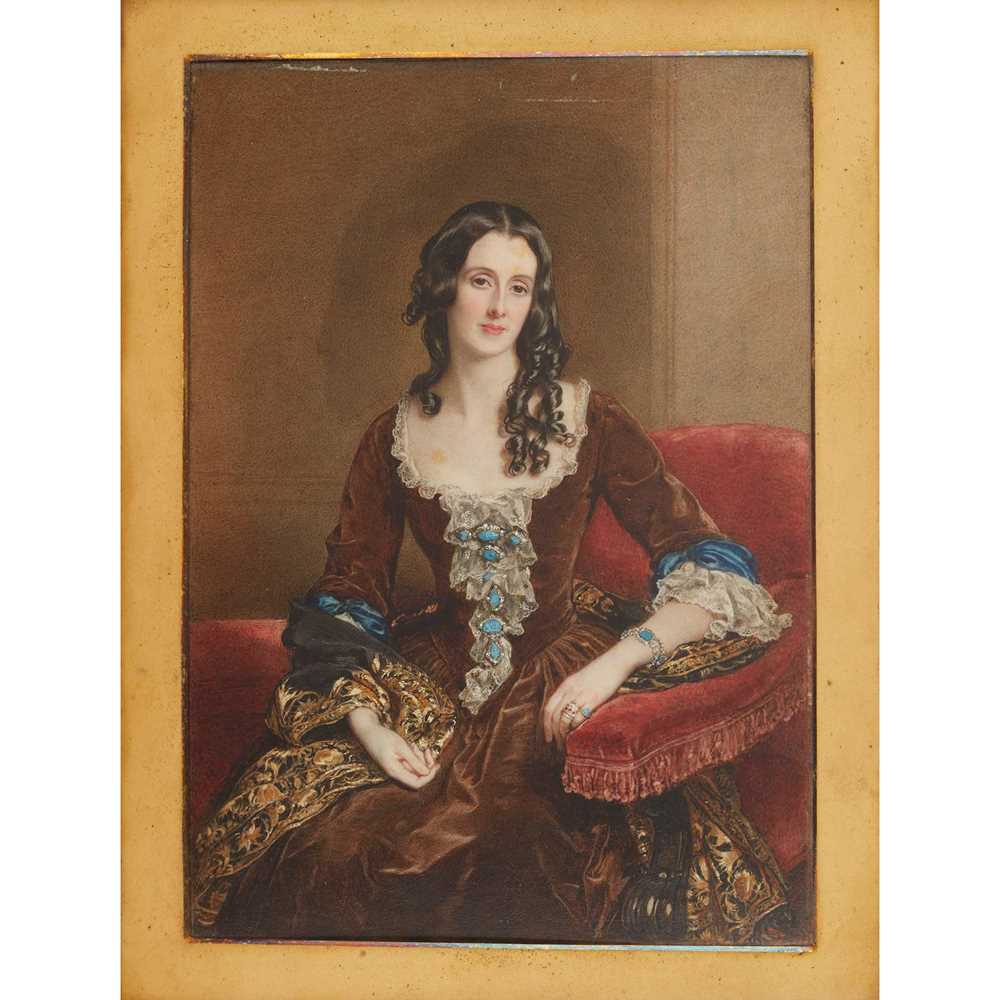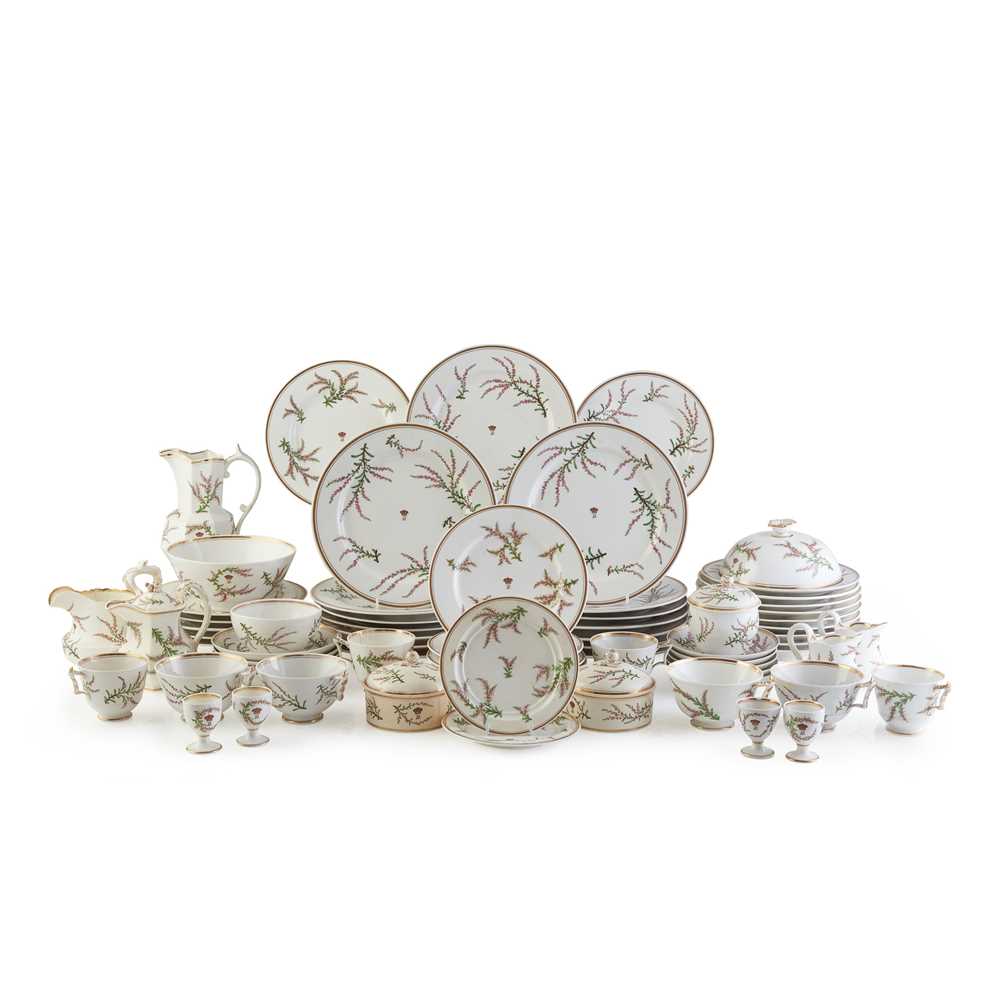comprising 36 quarto pages, with two vellum leaves taken from a Latin mass book or similar acting as protective front and back cover, now bound into a leather volume, bearing 'Chronicle of Fortirgall M.S.' on the spine. The work was compiled at Fortingall, at the mouth of Glen Lyon in Highland Perthshire, near the eastern end of Loch Tay. It is written in several hands. Compilation took place between 1554 and 1579, although it may have begun earlier. One of the compilers records that he said his first mass in 1531, began to serve the curate at the church of Fortingall in 1532, and acknowledged the chief of the MacGregors. He may be the principal compiler, and further identified with Dubhghall (Dougal) MacGregor, on record as vicar of Fortingall in 1544. The authorial perspective reveals continuing Catholic allegiance, and hostility to the Scottish Reformation brought into law in 1560. The manuscript is a miscellany written in three languages: Latin, Scots and Gaelic. It contains: 1) A list in Latin of 104 kings of Scots, copied directly from the printed edition (possibly 1533) of John Bellenden's translaton of Hector Boece's Scotorum Historiae, 'The Histories of the Scots'. 2) A list in Latin of obituaries and reign-lengths of kings of Scots from Malcolm III to James IV/V. 3) A list in Latin of Scottish battles from Bannockburn to Flodden 4) (a) A 'local' chronicle in Latin and Scots recording the deaths of prominent men and women, principally from the central and western Highlands, between 1390 and 1579; (b) from winter 1554-5 onwards, the chronicle becomes more personal in voice and diverse in its content, taking in the weather, economic conditions including the prices of victual, and events of local, regional, national and European significance 5) A Gaelic poem written in an orthography based on Middle Scots 6) Poetry in Middle Scots: the stanza beginning 'Luffaris be war and tak gwd heid about' from Robert Henryson's Testament of Cresseid; two stanzas from the poem sometimes attributed to William Dunbar, generally known as The Ballate againis Evill Women 7) Miscellaneous verses, proverbs and aphorisms in Latin 8) Miscellaneous prose items in Latin and Scots: the size and divisions of Ireland; medicine and cures; religion and belief; commentary against women and inebriation. The compiler(s) almost certainly belonged to a lineage of MacGregors who may have first settled beside the church of Fortingall around 1400, and who regularly served as clergy there. Dubhghall's father was Seumas (James), who died in 1551, and who during his lifetime was also vicar of Fortingall. He was also the dean of Lismore - that is dean of the diocese of Argyll - and was the onwer of what is probably the single most previous surviving Gaelic manuscript of Scottish provenance, the Book of the Dean of Lismore, now held by the National Library of Scotland (NLS Advocates' MS. 72.1.37). On internal evidence, the Book of the Dean of Lismore was compiled between 1512 and 1542. There are numerous similarities and connections between the 'Chronicle of Fortirgall' and the Book of the Dean of Lismore, enough to bear out the likelihood that they were compiled on a successive but overlapping basis, by different generations of the same family of MacGregors between c. 1512 and 1579. Physical Description and Identification The manuscript consists of (i) 2 vellum leaves, sequentially placed first and last, and both bearing on both sides Latin liturgical text, and (ii) 36 paper pages, with writing either on both sides, or one one side only, or on neither side. When the item was rebound in the 19th century the manuscript was disaggregated, and its vellum leaves and paper pages placed individually between the paper pages of the volume. On the basis of the contents of its paper pages, the manuscript can be identified with certainty as 'The Chronicle of Fortirgall', which was transcribed, edited and published in The Black Book of Taymouth: with other papers from the Br
comprising 36 quarto pages, with two vellum leaves taken from a Latin mass book or similar acting as protective front and back cover, now bound into a leather volume, bearing 'Chronicle of Fortirgall M.S.' on the spine. The work was compiled at Fortingall, at the mouth of Glen Lyon in Highland Perthshire, near the eastern end of Loch Tay. It is written in several hands. Compilation took place between 1554 and 1579, although it may have begun earlier. One of the compilers records that he said his first mass in 1531, began to serve the curate at the church of Fortingall in 1532, and acknowledged the chief of the MacGregors. He may be the principal compiler, and further identified with Dubhghall (Dougal) MacGregor, on record as vicar of Fortingall in 1544. The authorial perspective reveals continuing Catholic allegiance, and hostility to the Scottish Reformation brought into law in 1560. The manuscript is a miscellany written in three languages: Latin, Scots and Gaelic. It contains: 1) A list in Latin of 104 kings of Scots, copied directly from the printed edition (possibly 1533) of John Bellenden's translaton of Hector Boece's Scotorum Historiae, 'The Histories of the Scots'. 2) A list in Latin of obituaries and reign-lengths of kings of Scots from Malcolm III to James IV/V. 3) A list in Latin of Scottish battles from Bannockburn to Flodden 4) (a) A 'local' chronicle in Latin and Scots recording the deaths of prominent men and women, principally from the central and western Highlands, between 1390 and 1579; (b) from winter 1554-5 onwards, the chronicle becomes more personal in voice and diverse in its content, taking in the weather, economic conditions including the prices of victual, and events of local, regional, national and European significance 5) A Gaelic poem written in an orthography based on Middle Scots 6) Poetry in Middle Scots: the stanza beginning 'Luffaris be war and tak gwd heid about' from Robert Henryson's Testament of Cresseid; two stanzas from the poem sometimes attributed to William Dunbar, generally known as The Ballate againis Evill Women 7) Miscellaneous verses, proverbs and aphorisms in Latin 8) Miscellaneous prose items in Latin and Scots: the size and divisions of Ireland; medicine and cures; religion and belief; commentary against women and inebriation. The compiler(s) almost certainly belonged to a lineage of MacGregors who may have first settled beside the church of Fortingall around 1400, and who regularly served as clergy there. Dubhghall's father was Seumas (James), who died in 1551, and who during his lifetime was also vicar of Fortingall. He was also the dean of Lismore - that is dean of the diocese of Argyll - and was the onwer of what is probably the single most previous surviving Gaelic manuscript of Scottish provenance, the Book of the Dean of Lismore, now held by the National Library of Scotland (NLS Advocates' MS. 72.1.37). On internal evidence, the Book of the Dean of Lismore was compiled between 1512 and 1542. There are numerous similarities and connections between the 'Chronicle of Fortirgall' and the Book of the Dean of Lismore, enough to bear out the likelihood that they were compiled on a successive but overlapping basis, by different generations of the same family of MacGregors between c. 1512 and 1579. Physical Description and Identification The manuscript consists of (i) 2 vellum leaves, sequentially placed first and last, and both bearing on both sides Latin liturgical text, and (ii) 36 paper pages, with writing either on both sides, or one one side only, or on neither side. When the item was rebound in the 19th century the manuscript was disaggregated, and its vellum leaves and paper pages placed individually between the paper pages of the volume. On the basis of the contents of its paper pages, the manuscript can be identified with certainty as 'The Chronicle of Fortirgall', which was transcribed, edited and published in The Black Book of Taymouth: with other papers from the Br















Testen Sie LotSearch und seine Premium-Features 7 Tage - ohne Kosten!
Lassen Sie sich automatisch über neue Objekte in kommenden Auktionen benachrichtigen.
Suchauftrag anlegen